Japan’s HYBRID By Jeremy Brahm
What is the Hybrid 6 system that Japanese Women’s National team coach, Masayoshi Manabe introduced prior to the World Grand Prix finals?
It is trying to find a better way to do the following with the Japanese team:
1. Block the locations where the ball is set most frequently (the pins)
2. Place the setter in the center of the court to enable setting to both sides of the court
3. Take height out of the game (Japan is often lacking with their setters height/blocking height)
With bronze medals for Japan’s team in the 2010 World Championships and the 2012 Olympics, the Japanese federation has given Manabe the ability to try something to maintain Japan’s position in world volleyball. With the Hybrid 6, it is a very free system with the number of middle blockers and outside hitters. He said in his press conference, that I can use 2 middle blockers, 1 or even 0 middle blockers. But the middle blocker is shifted to an outside hitter. So even with the loss of the middle blocker, spiking is not lost.
I will now try to answer the points mentioned above:
1. How does this help with blocking where the ball is set most frequently?
Normally in the 6-1 offense/defense the middle blocker is shifted to the middle of the court in the rotation. The middle will cover the middle and then slide to the left or right side to create a double block. On excellent passes to the setter, the middle attacker becomes an option and can freeze the middle blocker from getting to the outside hitters as a deception play.
However, as plays break down, the middle attacker may not be an option in a spike attempt, forcing the ball to the outside hitter on the left or right (even to the back row).
In the Hybrid 6, the setter is moved to block the middle attacker, and the normal middle blocker is shifted to the right (left-side attacking across the net) or the left (right-side attacking across the net). This puts a bigger block against a better hitter down the line and the first one blocking angle. Now the setter in the middle will be a smaller inside block, so the other front row player and left back row player need to ready to dig at a possibly shallower position in the court. The middle moved to the right as a digger may not work well, but if it is an outside hitter playing the position, they are probably a better passer, so it may enable Japan to block better and possibly dig better (if only using 1 or 0 MBs).
Japan blocking with Miyashita in Zone 3 (Starts in Zone 2):
With Nagaoka being a left-handed player, she is in her normal hitting position when she goes to spike and it is the same for Shinnabe.
Now there is a problem with your setter blocking in the middle, they don’t normally jump as high as a middle blocker. Haruka Miyashita according to the FIVB World Grand Prix website can jump 272 cm (8 ft. 11 in.). Below is a table of the middle blockers that Japan played against in the World Grand Prix Finals and how much of a gap Japan would give up in the middle.
With Kana Ono as a middle blocker jumping 283 cm, it would shrink the gap by 11 cm on each player listed above. However, Ono is placed on the right side give them a taller blocker on the right.
At same time it appears that the players who are not used to blocking in the middle still have to work on their timing for blocking.
2. How does this help put the setter in the middle of the court?
With the setter in the middle of the court blocking, they just need to turn around after blocking to take the second ball. It sounds easy, but with the setter having better hands than middle blockers, both outsides and the pipe set are available for attack on a well dug ball.
But if the setter cannot find the ball easily, if the libero is not on the court, it can lead to confusion as to who should get the 2nd ball. If the libero is on the court, then it is expected that the libero will take to the ball. Japan is also notorious for having the libero bump set (for a 2nd hit) the ball even when behind the 3 meter line (you can use your hands Sano!!).
Also, if the setter comes off the net to dig the first ball, chaos can ensue as seen below against Brazil in the 3rd set.
Forward to 1:18:47
3. How does it take height out of the game?
By having taller blockers on the outside, Japan is able to put a bigger outside blocker against a team’s best hitter on each side. Therefore, it is hoping that with tall against tall in a one-on-one situation it helps the hitter aim balls at Japan’s diggers and keeping the ball in play. If Japan can keep the ball in play, in can use it to attack.
Looking at Japan’s blocking stats, it looks like their blocking scheme did not really do much. In only one match Japan out blocked their opponent (China 8-6).
As a team Japan only had 1.63 blocks per set. This was the worst of the 6 teams in the World Grand Prix Finals. If you add the number of rebounds and blocks together, they had 10 block touches per set, which similar to that of Russia (10.15), who was 3rd in touches. Brazil led in blocks per set at 3.76 and block touches per set at 12.35.
Conclusions
The results for Japan with the Hybrid 6 system are a mixed bag. The first two weeks in the World Grand Prix, Japan performed poorly with only 5 points and 1 match win. In the third week, Japan won all 3 of their matches. I think that the team became more familiar with the system through practice and actually using it in a game.
The World Grand Prix Finals showed that the team had progressed with this system. Finishing 2nd for the first time in tournament history. However, this was in front of a home crowd and Japan usually plays better at home than on the road.
There are times when they look very good with Miyashita and Nakamichi in this system. However, Nakamichi’s height is the same problem that Japan had with Takeshita. Against Brazil, Nakamichi was trying to block Thaisa on some plays. It is a no win situation unless Thaisa makes a mistake. Additionally with Miyashita not even 20, she is still learning to be a good setter. As she is paired with Saori on her right in the rotation and Nagaoka on her left in the rotation, she has two capable hitters to choose from in the front and Ebata or Ishii coming out of the back row.
Is this the future of volleyball? I don’t know, but I don’t think so. I think that most coaches prefer two middle blockers because in my mind a good middle blocker can force the attacker to change shots to better diggers or hit into the block leading to points or rebounds in which a team can use the ball for attack. Plus many teams have the libero as the backup setter if the setter touches the ball first.
I played as a setter and it would really change how I played defense at the net if I was in the middle of the court instead of just focusing on my hitter on the outside.
If a team has a taller setter, then it may not be worth the change. Manabe is willing to try something to keep Japan as one of the top teams in the game.
About The Writer:
Jeremy Brahm played club volleyball in high school in Oregon over 20 years ago. In his first season playing, he played in an exhibition match against the Portland Spikers of Major League Volleyball at his high school. He had the first serve and served an ace on that serve in the match. Sadly the Spikers and the league folded soon after. After becoming interested in advanced basketball statistics, he wondered if it could be applied to volleyball. His advanced volleyball statistics are usually done during FIVB and Olympic events. Additionally, he has created a Ranking System for National Teams using match results for International Matches dating back to 2002 for Men’s and Women’s National Teams. Lastly, he has kept track of the highest scoring matches for men’s volleyball in the rally scoring era.
(images: FIVB)

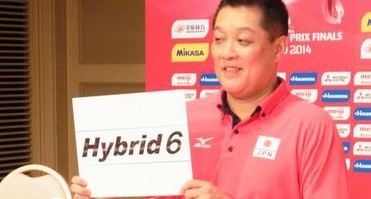
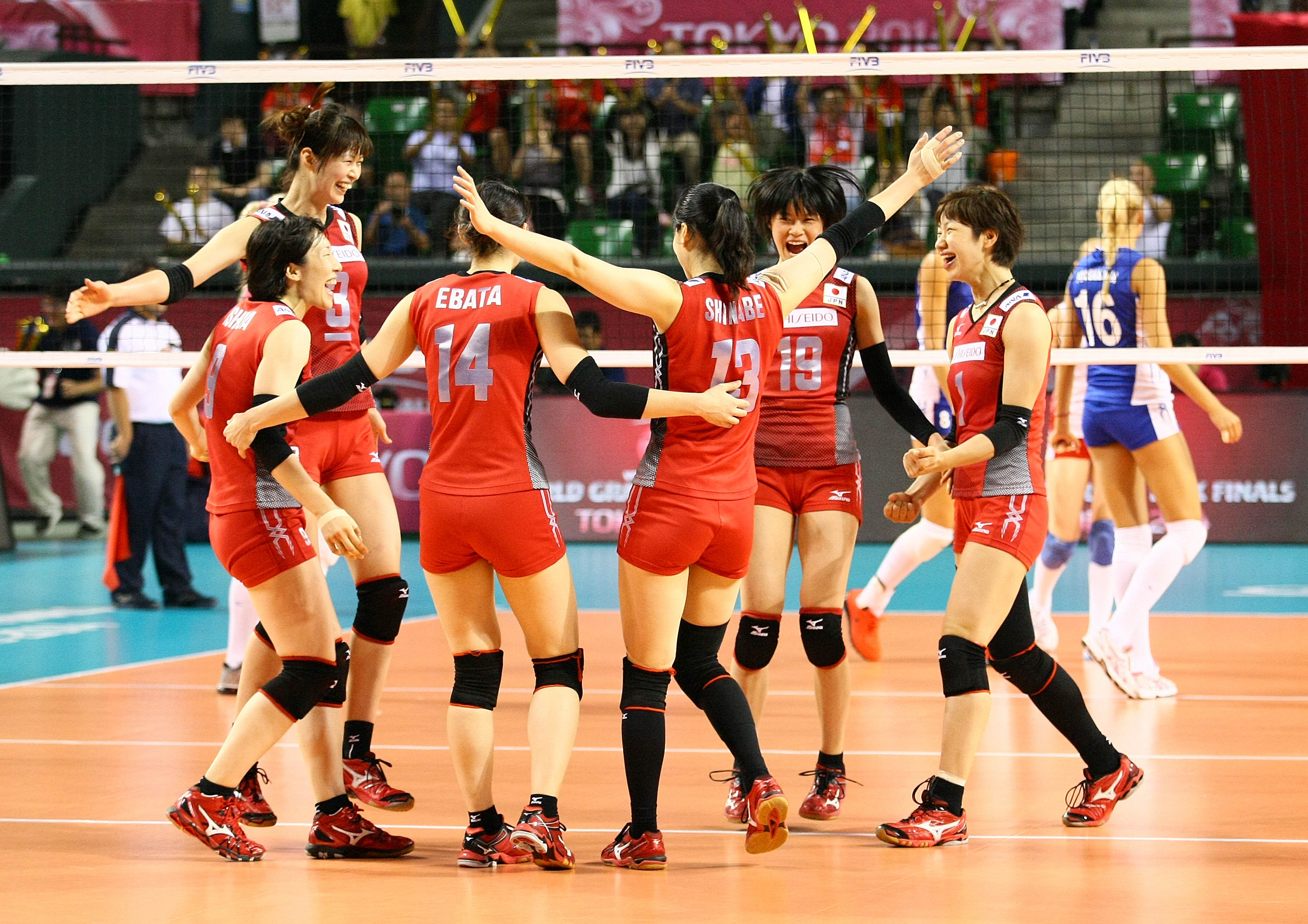
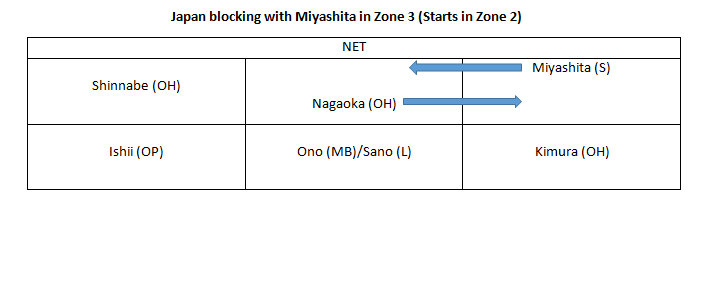
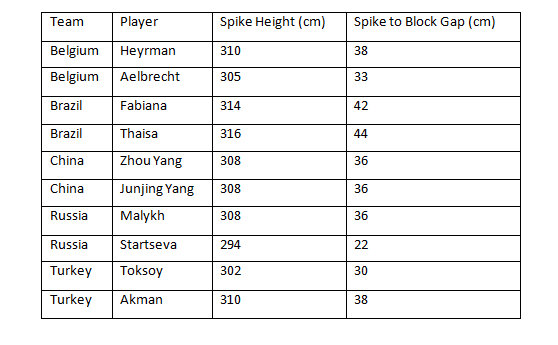
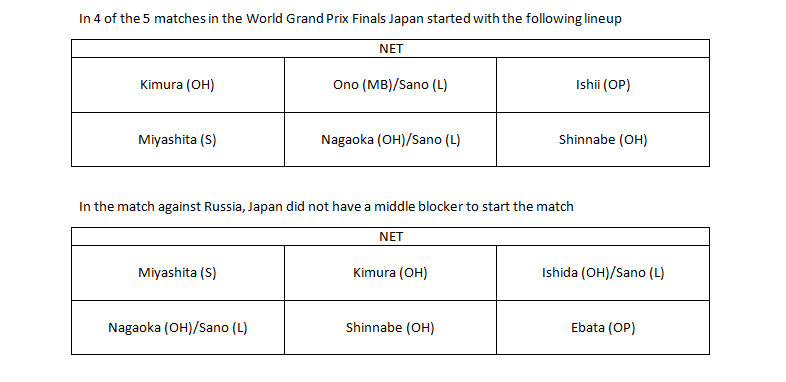
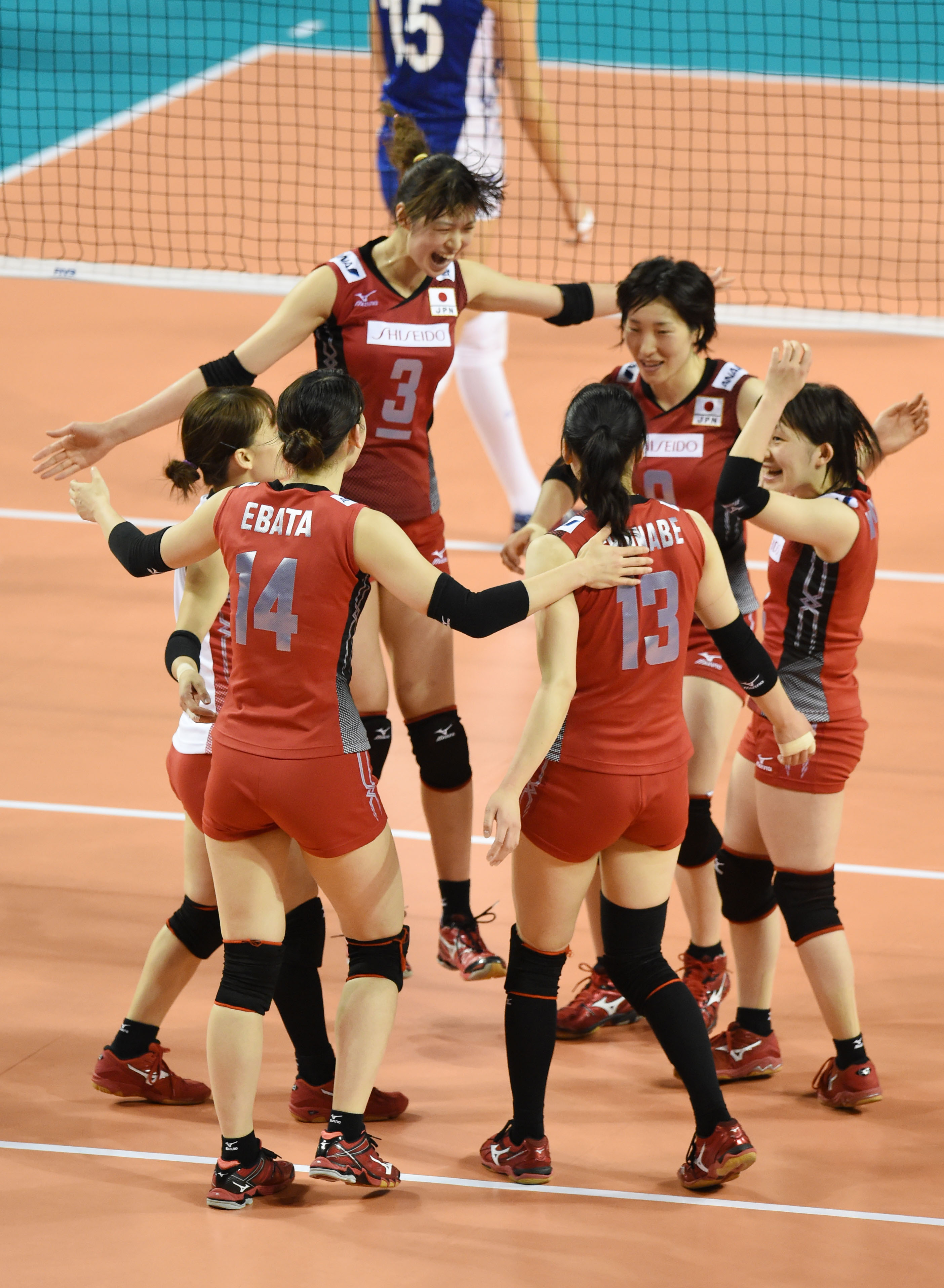
6 Comments
Leave a Reply2 Pings & Trackbacks
Pingback: 2014 World Grand Prix MVP Best Volleyball Libero Yuko Sano
Pingback: Saori Kimura, Saori Sakoda, Yukiko Ebata, Japan Volleyball 2015 Team Roster